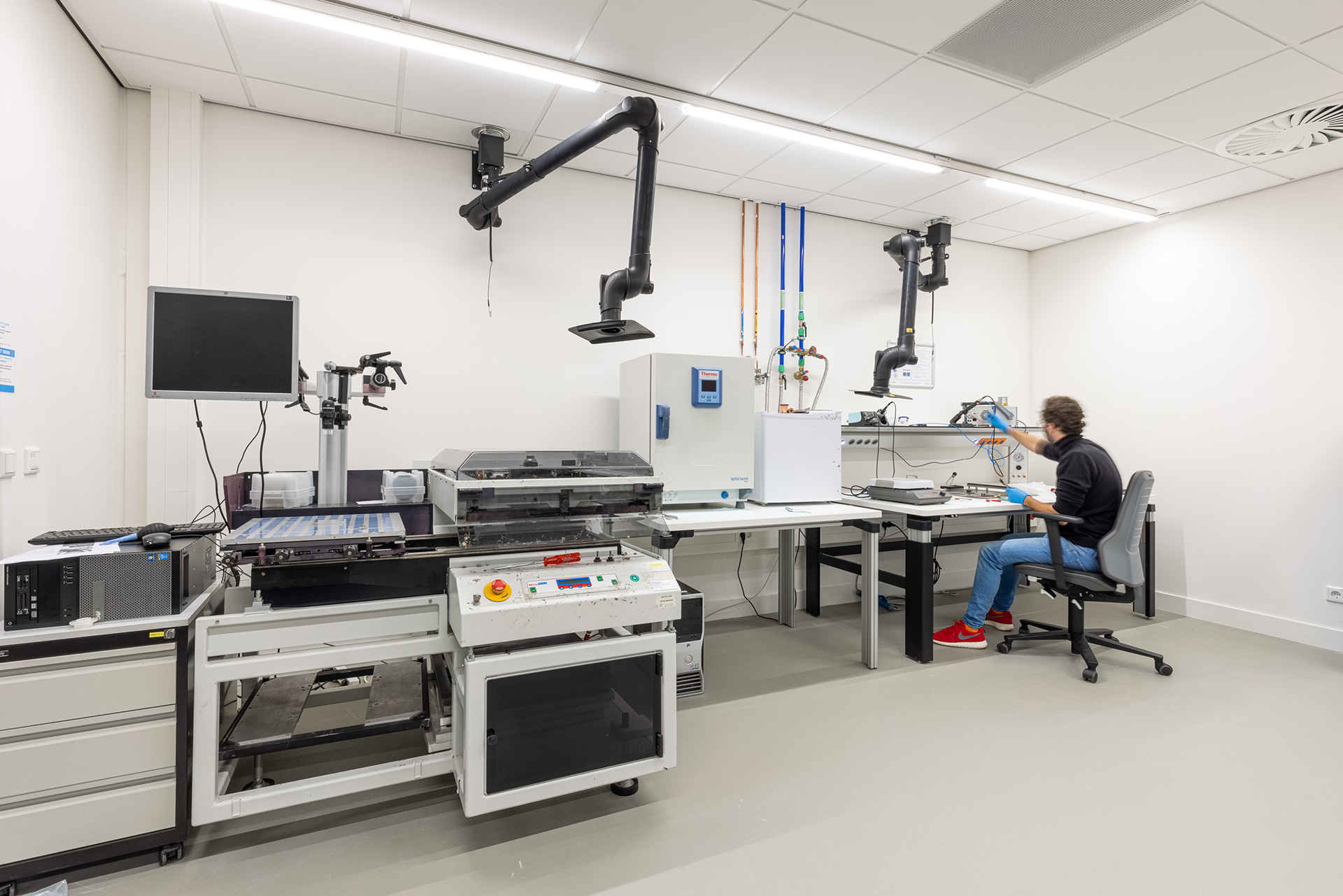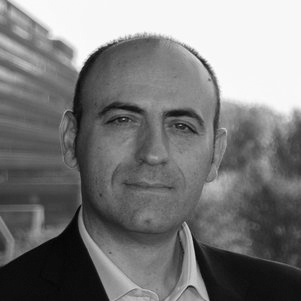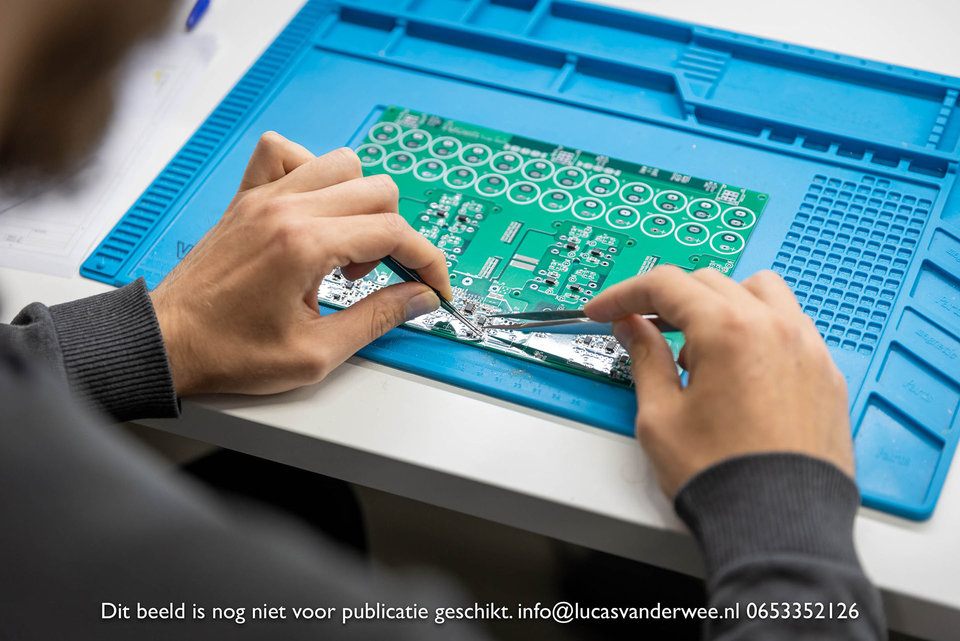Photovoltaics
We are ready to unleash a smart solar revolution
Professor Miro Zeman, Photovoltaic Materials and Devices
From sunlight to electricity
Solar power is set to play a decisive role in the energy transition. Solar power will be able to cover at least a quarter of our energy demand in 2050. Yet this also involves numerous challenges. That is why it is so important to do research into the most efficient and smart way to convert sunlight into electricity.

Intelligent photovoltatronics
ESP Lab researchers are ready for the solar revolution, with solar cells installed on a wide range of surfaces. Because to be able to meet the climate targets, every square metre of space will have to be used. Research is being conducted at the ESP Lab on how solar cells can also be used on windows, bus stop shelters, buildings, public roads or even public transport, among other things. However, a city’s skyline does pose challenges. The varying heights of the surroundings, for example buildings or trees, create different shady areas throughout the year and at different times of the day. Smart solar cells and solar panels are a promising but complex solution to this dynamic shade.
Solar power in the overall picture
Solar power is rarely an isolated topic, and the other fields of research within the ESP Lab play a major role for the future of solar power. For example, how does solar power relate to the grid? And what does it mean for the electricity grid if we can fill every urban square metre with solar panels? How can we use electric vehicles as storage units for solar power? In the coming years, researchers at the ESP Lab will answer these and many other questions.
Are you curious about how we can innovate together?

Olindo Isabella
Professor Photovoltaic Technologies and Applications en sectieleider Photovoltaic Materials and Devices


![[Translate to English:] [Translate to English:]](https://filelist.tudelft.nl/_processed_/3/a/csm_zonnefolie_mobiel_be9aecc9eb.jpg)
![[Translate to English:] [Translate to English:]](https://filelist.tudelft.nl/_processed_/2/e/csm_GettyImages-188066505_499f532260.jpg)


